The Château de Flamanville, constructed between 1654 and 1658 by Hervé Basan, Marquis of Flamanville, is a notable example of 17th-century French architecture. Built upon the remnants of a medieval manor, the château is primarily composed of local grey granite, giving it a distinctive and robust appearance.
Click here to see where the castle is located on Google Maps.
Here’s a (flat, not 3D) video taken from Google Earth showing you the castle and its grounds:
The structure features a symmetrical design centered around a main building flanked by two prominent pavilions. These pavilions are connected to the main building by lower galleries, creating an enclosed courtyard that is both functional and aesthetically pleasing.
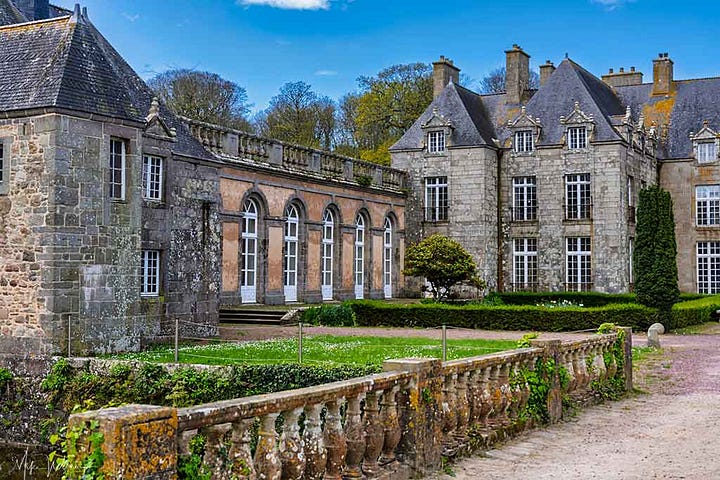
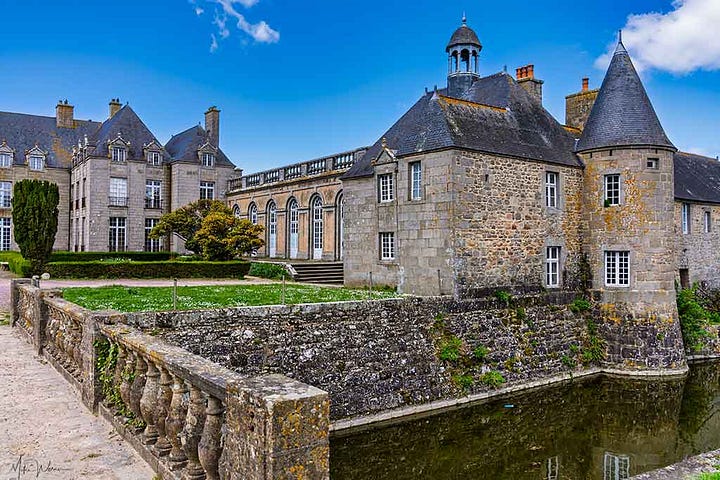
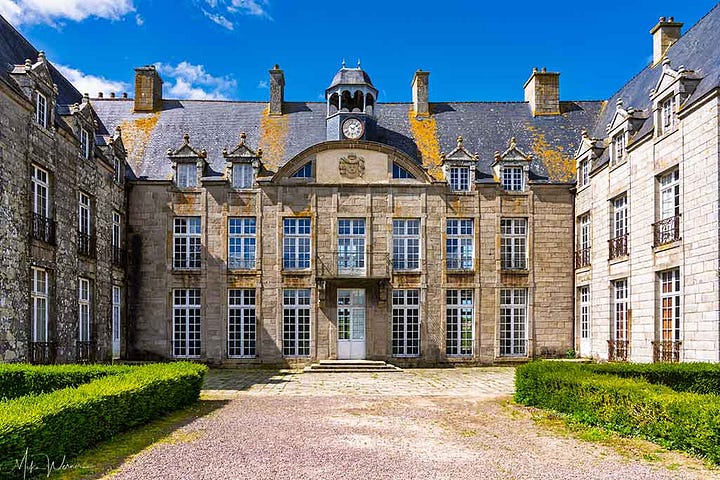
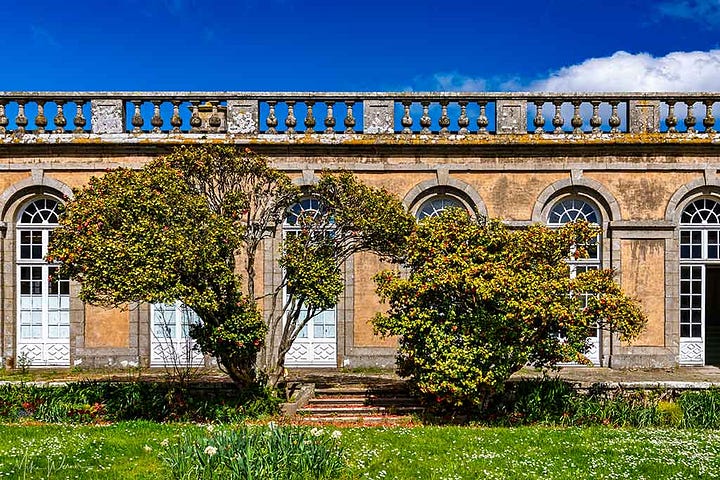
One of the château's notable features is its integration of older architectural elements. The rear façade incorporates a round tower from the original medieval structure, showcasing the blend of old and new construction techniques.
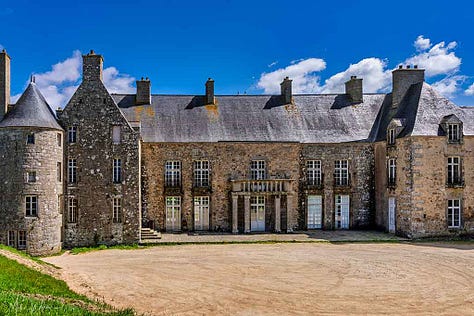

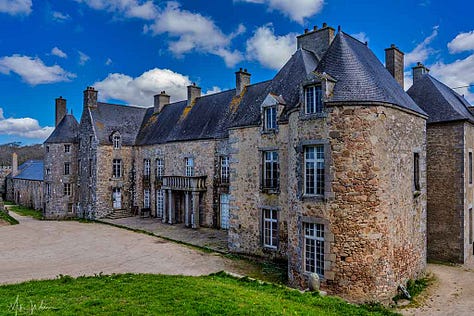
Additionally, the château's steeply pitched slate roofs are punctuated by dormer windows and a central curvilinear pediment adorned with the Sesmaisons family crest, reflecting the heraldic traditions of its later occupants.
The estate also includes a chapel, consecrated in 1659, highlighting the importance of religious practice in the daily life of the château's inhabitants.
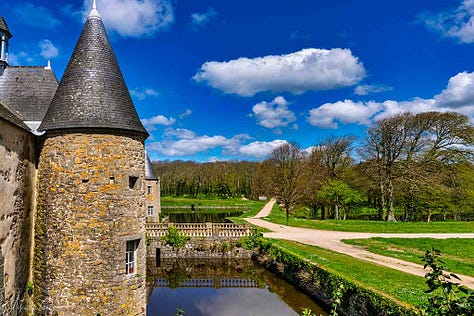
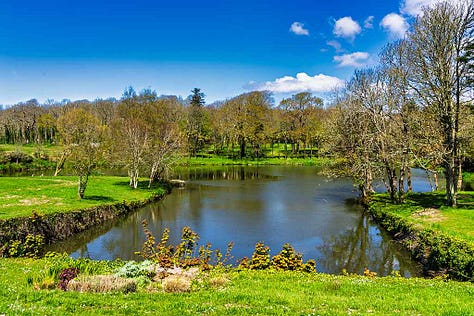
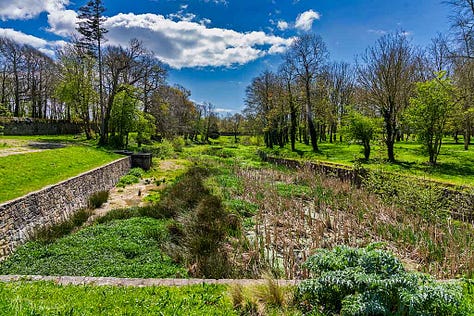
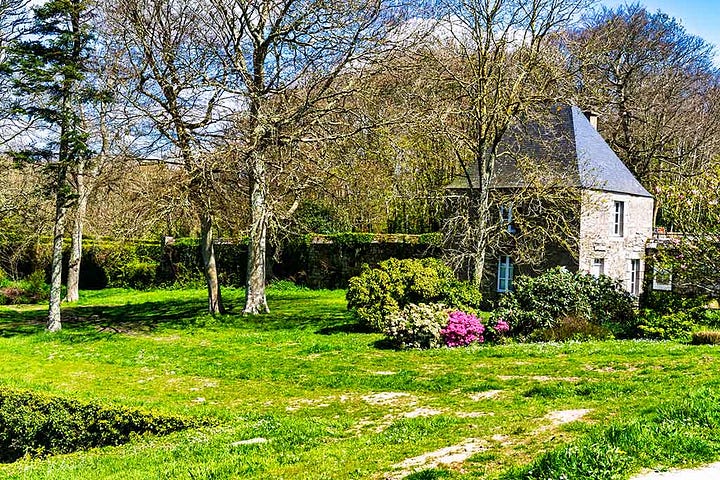
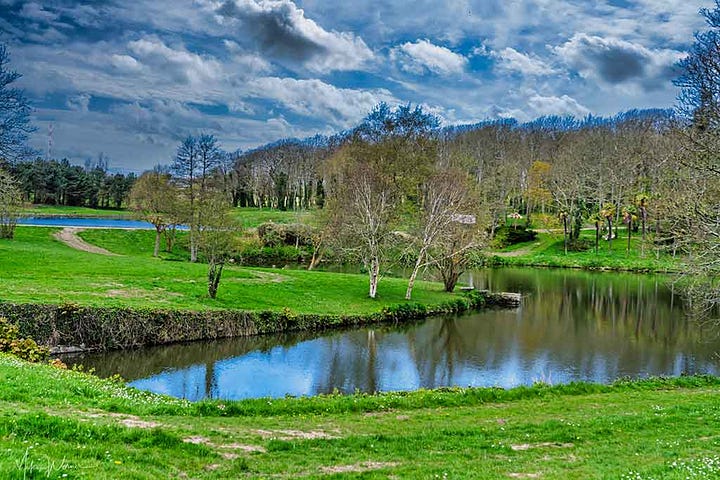
Surrounding the château is an expansive park of approximately twenty hectares, developed around 1826. This park features several ponds and is home to a renowned dahlia garden, established in collaboration with the French Dahlia Society. The garden boasts a collection of around 1,000 dahlia varieties, including rare and heritage species, making it a significant center for horticultural preservation and appreciation. At the edge of the park stands the "Tour Jean-Jacques," a tower built in 1778 by the Marquis de Flamanville. This structure was intended to offer philosopher Jean-Jacques Rousseau a tranquil retreat, though he ultimately never resided there.
Throughout its history, the Château de Flamanville has undergone various modifications and restorations, reflecting the evolving tastes and requirements of its successive owners. Today, it stands as a testament to the region's rich architectural and cultural heritage, attracting visitors who are interested in its historical significance and the natural beauty of its surroundings.
Click here to access their website (there are rooms to let for hikers).




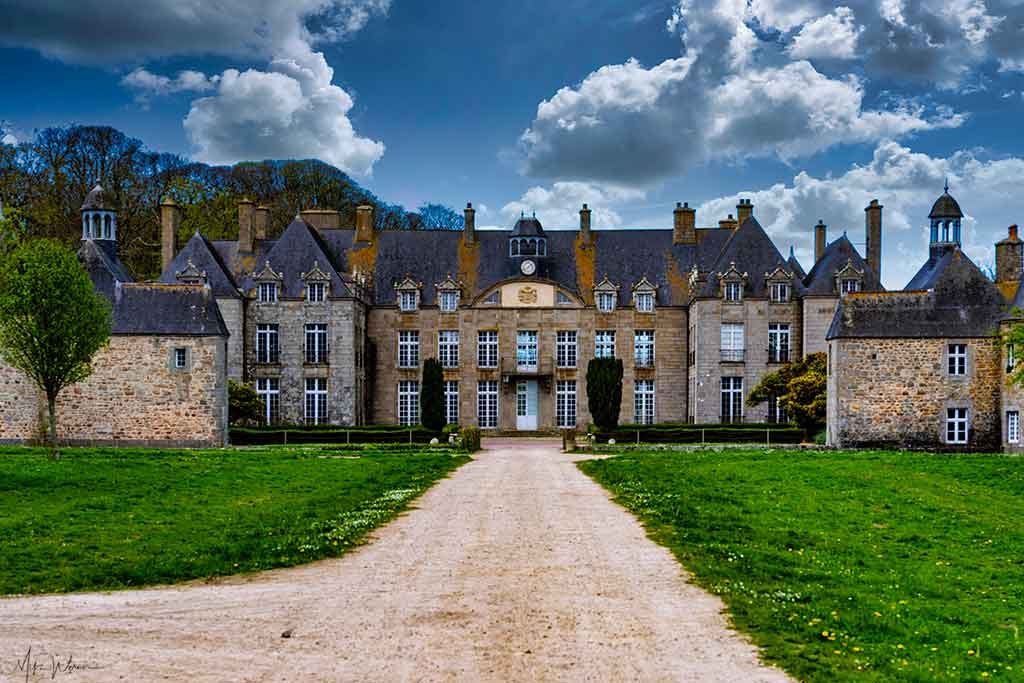
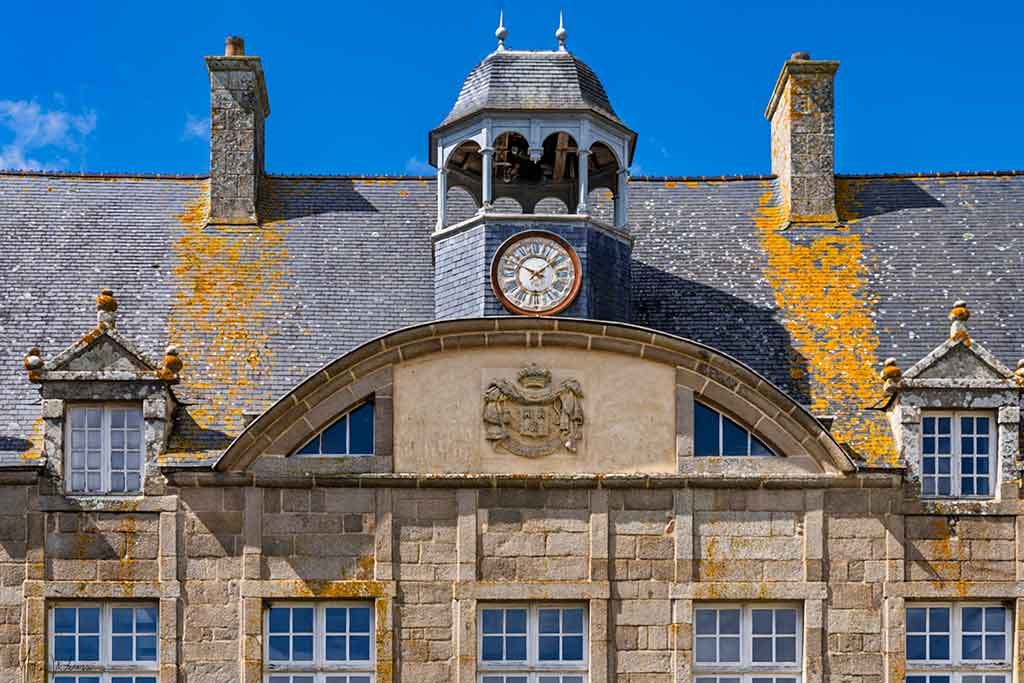
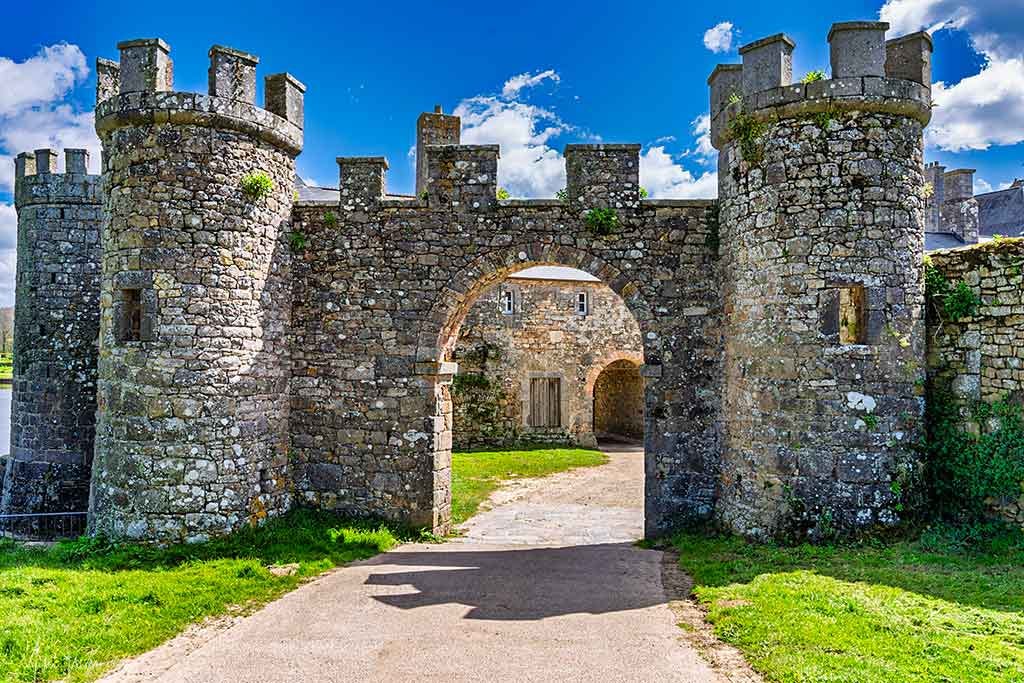
A feast for the eyes, as they say. This is an area I know nothing of.